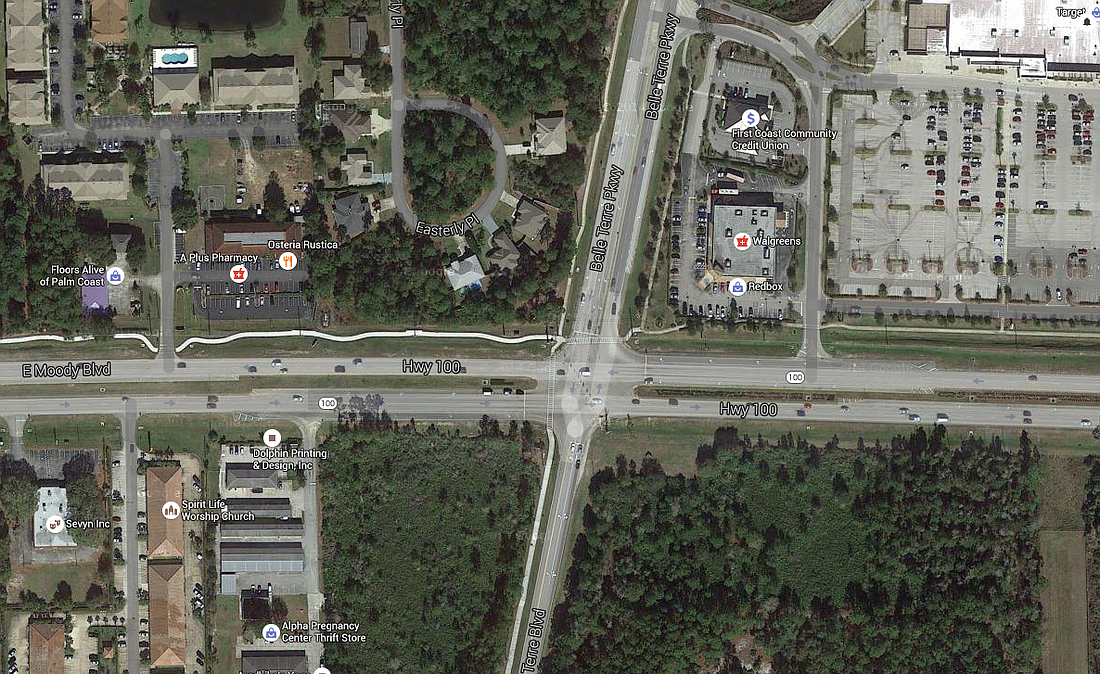- July 26, 2024
-
-
Loading

Loading

There are 10 intersections on Belle Terre Parkway that had 10 or more crashes between 2012 and 2015, and the city wants to make them safer.
"We're trying to take a look at it and be proactive, and that’s exactly what this is all about," City Manager Jim Landon told Palm Coast City Council members as staff members gave a presentation on Belle Terre Parkway traffic at a City Council workshop March 29.
Intersections with the most crashes tend to be the ones with delays caused by heavy traffic volume, which leads to impatient drivers, Landon said.
"You can almost predict how many crashes you have by the delay, and the delay is predicted by the volume," he said.
The city, with the support of the River to Sea Transportation Planning Organization, studied intersections along the 8.8-mile stretch of Belle Terre Parkway/Belle Terre Boulevard between U.S.1 and Pine Lakes Parkway.
Right now, the intersections aren't overwhelmed: They all operate at an "acceptable level of service," which the city considers to be a C or better on an A-to-F grading scale.
But some intersections would drop below a C level in the future, Palm Coast Traffic Engineer Sean Costello told the council, if there are no road improvements made. Those include the intersections with S.R. 100, Eastwood Drive, Easthampton Boulevard, Royal Palms Parkway, Point Pleasant Drive, Ponce DeLeon Drive, Pine Grove Drive, Whippoorwill Drive, Pritchard Drive and Parkview Drive.
The city has options. In some cases, the best way to make the intersections safer is to add turn lanes, or a median, or new signs. Others might need a new signal, but lights are often not the best way to make intersections safer, Landon said.
"The perception of the public is that if you have crashes, the best thing you can do is put a signal up," he said. But rear-end crashes — the most common type in the city — tend to occur at signalized intersections or at intersections where people slow down suddenly for a turn in an area where there isn't a turn lane, "and once again, you have a rear end crash. Point being, sometimes putting a signal in is not as important as putting in a turn lane," Landon said.
Now that the city has identified problem spots, Landon said, "Now we need to identify the biggest priority from a dollar standpoint."
About 3,900 to 7,200 vehicles travel Belle Terre Boulevard daily, and about 24,000 to 28,000 travel Belle Terre Parkway daily, Costello said. Those numbers are expected to rise to 7,100 to 13,000 vehicles per day for Belle Terre Boulevard and 31,000 to 36,000 vehicles per day for Belle Terre Parkway by the year 2030.